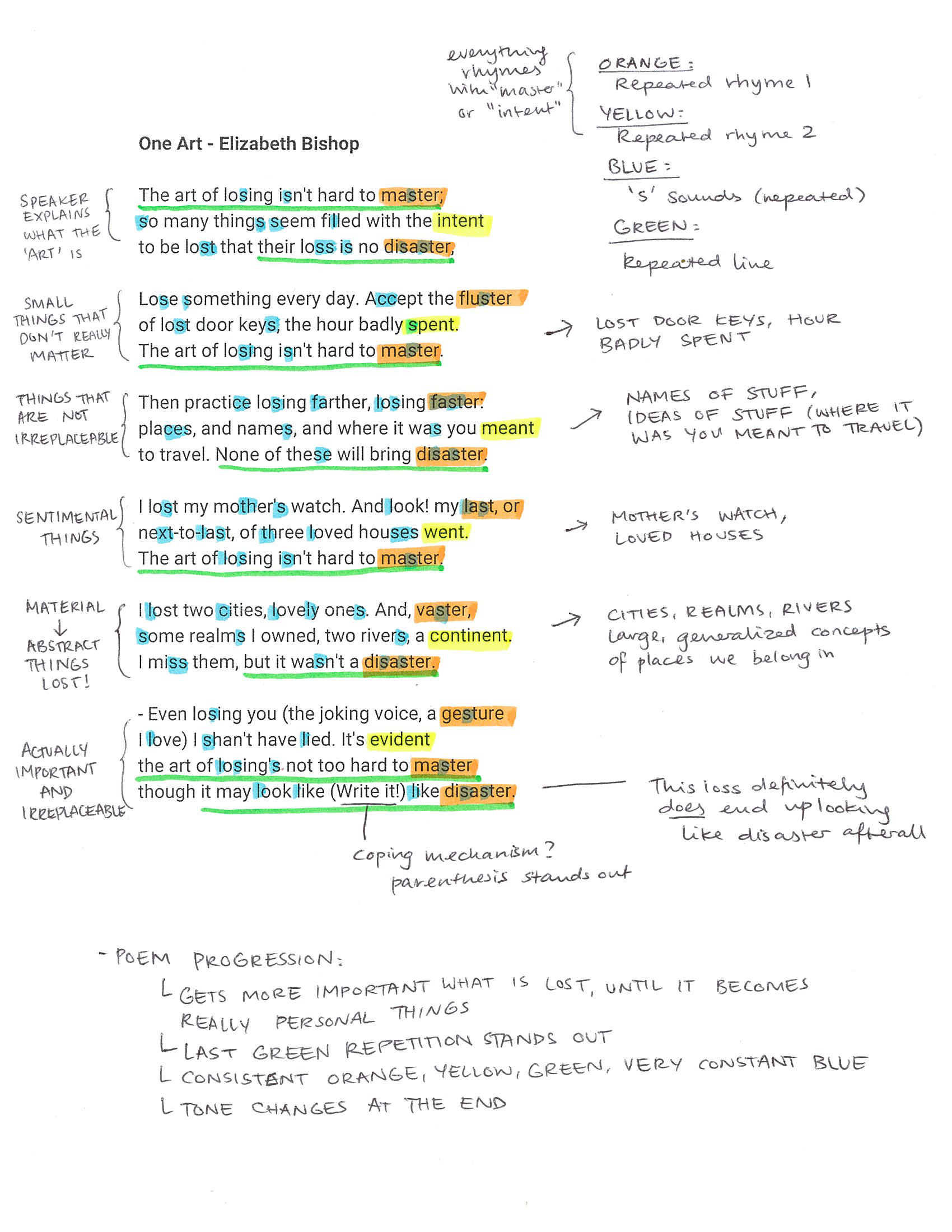Literary Analysis Observation Chart
Using a chart in your reading process prompts you to notice details of a literary work and collect them in one place, where you can more easily see how things fit together and build your own analysis. Here’s how it works:
Record whatever qualities and features stand out to you in the left column.
In the right column, log the effects and meanings of the details you noticed.
You might also start with some effects you felt and trace them back to details of the text.
When you’re done, step back and look for patterns, connections, and anomalies that will lead you to a new interpretation of the text.
Here are some broad examples of things you might notice as you read:
Imagery
Scenes you can picture
Sensory: smells, textures, flavors, sounds, visuals
Emotions you take on, can relate to
Themes
Connotations, feelings
Symbolism, metaphor
References, allusions
Recurring ideas, actions, etc.
Structure
Total length, line length, # of stanzas
Sentence, paragraph, chapter styles
Specific form or genre
Grammar, mechanics, capitalization
Style
Voice and tone of narration or speakers
Mood
Language choices, like diction and syntax
Sound
Alliteration, assonance, consonance
Rhyme, repetition
Words that sound like their feeling/ feel like their meaning
Example
Below, on the left, is a poem with the reader’s annotations. The notes and highlights log their thinking as they read and re-read the text. On the right, the reader has organized their notes into a literary analysis chart. Notice what new connections and ideas come from this process and the notes below the chart reflecting on what stands out, their new understanding of the poem, and potential thesis statements for an essay about it.
Download a blank chart to use in your own reading and ideation process.



